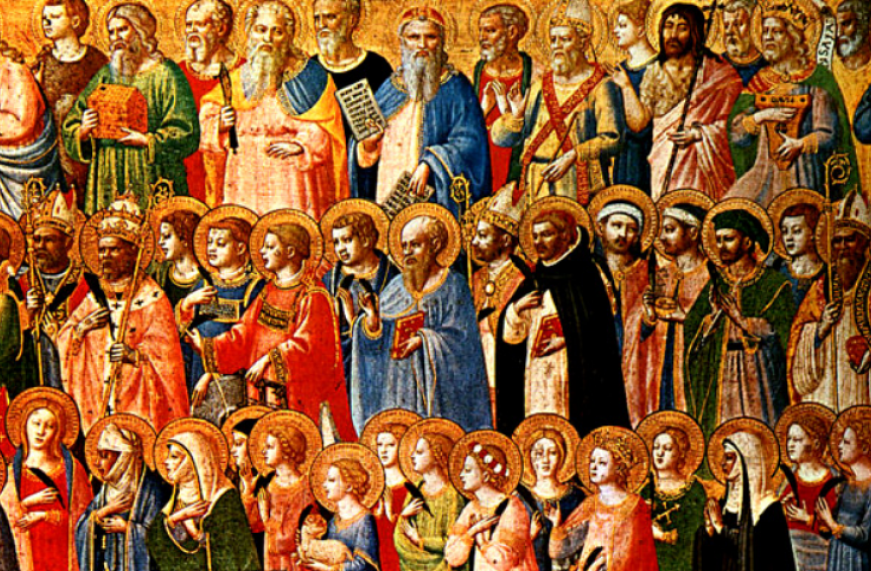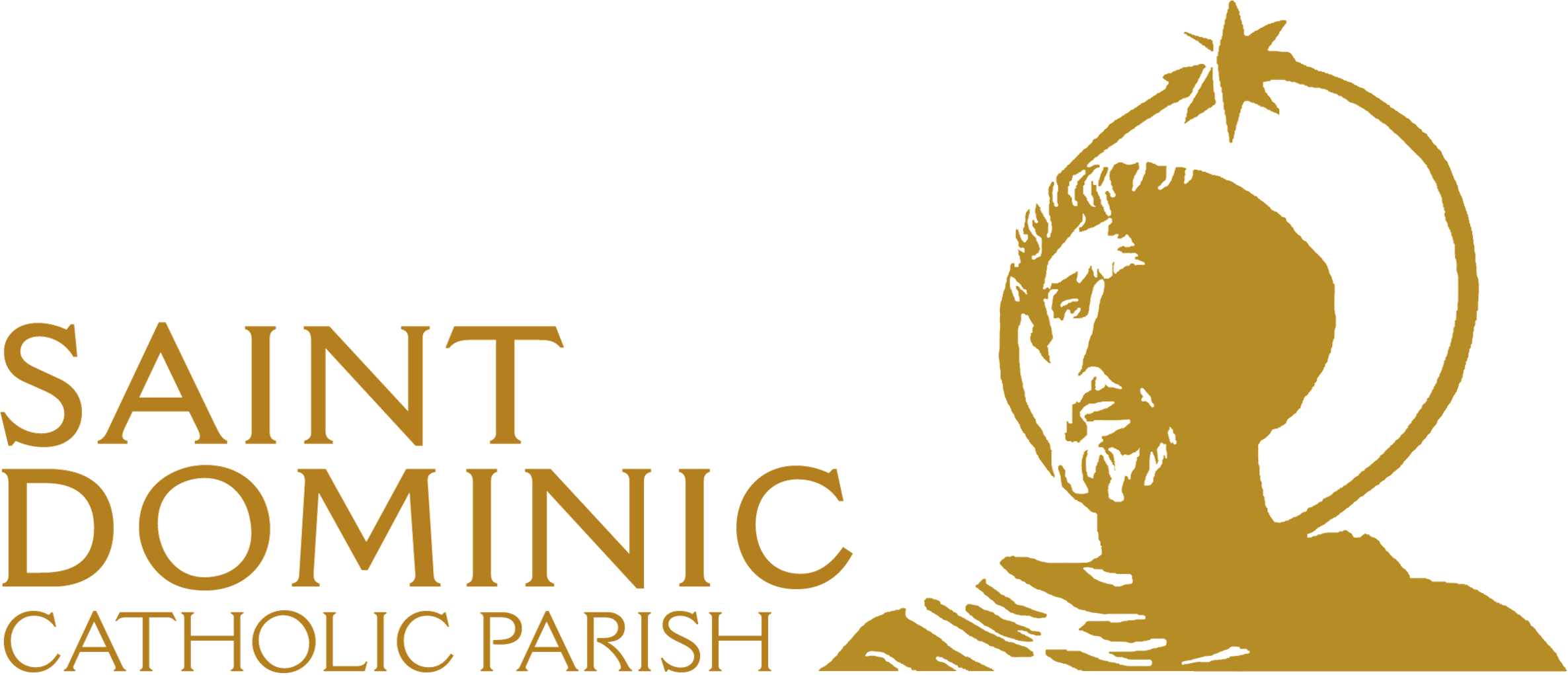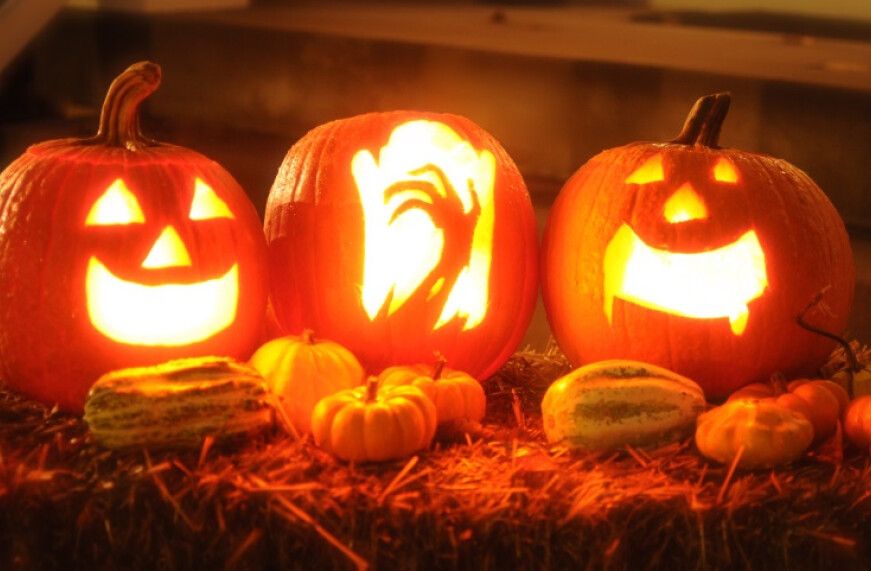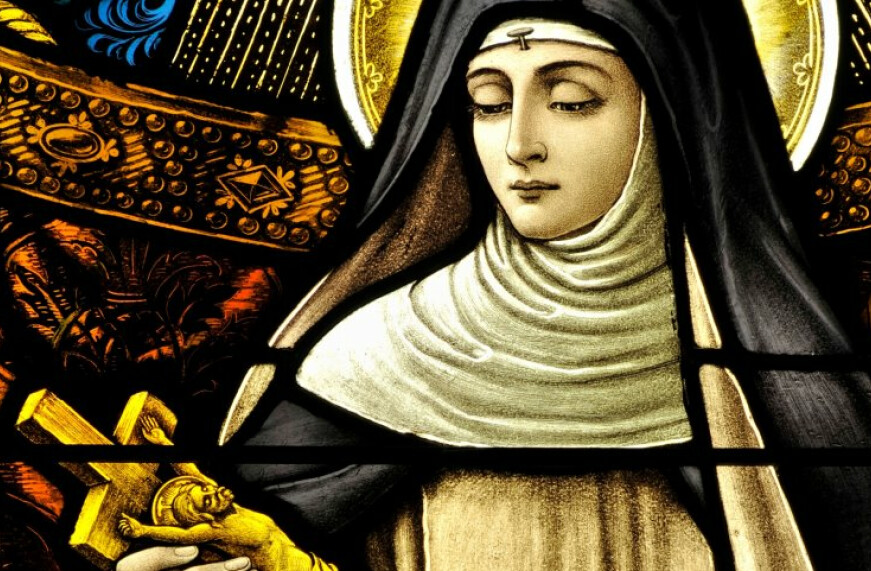Patron Saints

This spring, when our three children, who are students at St. Dominic Catholic School, were thrown into home/virtual schooling, their teachers and Mrs. Fischer tried to keep their day as normal as possible. They helped parents by providing direction for the regular academic material, but also with how to begin their day with prayer. After they listened to the daily school announcements, they listened to the Gospel and some reflection questions. Students were then instructed to pray, ending their prayer by asking for the intercession of St. Dominic.
Each classroom adopts a saint for the year to use as their intercessor. When we began school at home, we included St. Dominic, St. Francis, St. Patrick, and St. Pope John Paul II in our prayers. Our middle son, a 2nd grader, asked me if I a had a patron saint for my office. I said I didn't.
That afternoon, I shared his comments with my office mate, Mary Lestina. She thought it was a great idea. After much research and deliberation, we settled on Sts. Zelie and Louis Martin. Not only were they the parents of St. Therese of Lisieux, they are also the patron saints of marriage and parenting. There could be no better saints to grace the office of the pastoral associate and child minister! We celebrated their feast day on July 12 by offering packaged snacks to our co-workers.
There is a patron or intercessory saint for just about everything, from professions to activities, travel and pets. Consider what is important to you or your family and do a little research. You may be surprised at what you find!


